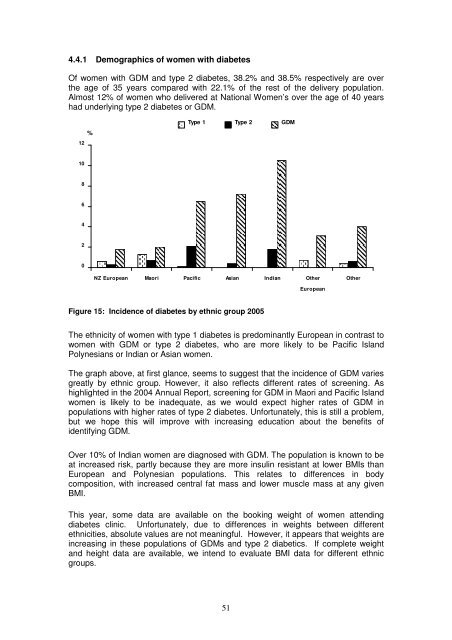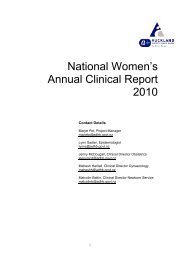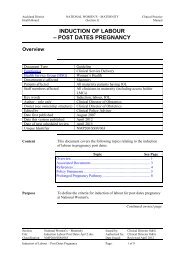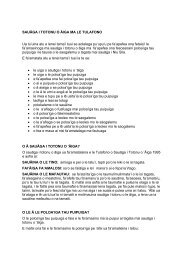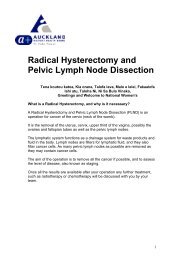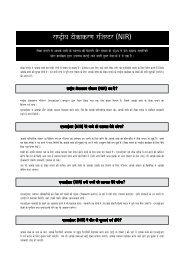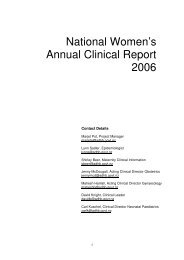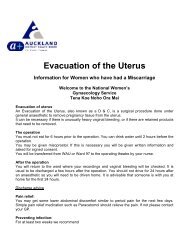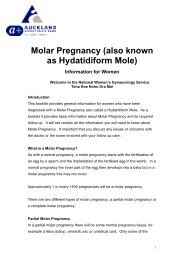2005 - National Women's Hospital - Auckland District Health Board
2005 - National Women's Hospital - Auckland District Health Board
2005 - National Women's Hospital - Auckland District Health Board
Create successful ePaper yourself
Turn your PDF publications into a flip-book with our unique Google optimized e-Paper software.
4.4.1 Demographics of women with diabetes<br />
Of women with GDM and type 2 diabetes, 38.2% and 38.5% respectively are over<br />
the age of 35 years compared with 22.1% of the rest of the delivery population.<br />
Almost 12% of women who delivered at <strong>National</strong> Women’s over the age of 40 years<br />
had underlying type 2 diabetes or GDM.<br />
12<br />
10<br />
8<br />
6<br />
4<br />
2<br />
0<br />
%<br />
Type 1 Type 2 GDM<br />
NZ European Maori Pacific Asian Indian Other<br />
Figure 15: Incidence of diabetes by ethnic group <strong>2005</strong><br />
51<br />
European<br />
The ethnicity of women with type 1 diabetes is predominantly European in contrast to<br />
women with GDM or type 2 diabetes, who are more likely to be Pacific Island<br />
Polynesians or Indian or Asian women.<br />
The graph above, at first glance, seems to suggest that the incidence of GDM varies<br />
greatly by ethnic group. However, it also reflects different rates of screening. As<br />
highlighted in the 2004 Annual Report, screening for GDM in Maori and Pacific Island<br />
women is likely to be inadequate, as we would expect higher rates of GDM in<br />
populations with higher rates of type 2 diabetes. Unfortunately, this is still a problem,<br />
but we hope this will improve with increasing education about the benefits of<br />
identifying GDM.<br />
Over 10% of Indian women are diagnosed with GDM. The population is known to be<br />
at increased risk, partly because they are more insulin resistant at lower BMIs than<br />
European and Polynesian populations. This relates to differences in body<br />
composition, with increased central fat mass and lower muscle mass at any given<br />
BMI.<br />
This year, some data are available on the booking weight of women attending<br />
diabetes clinic. Unfortunately, due to differences in weights between different<br />
ethnicities, absolute values are not meaningful. However, it appears that weights are<br />
increasing in these populations of GDMs and type 2 diabetics. If complete weight<br />
and height data are available, we intend to evaluate BMI data for different ethnic<br />
groups.<br />
Other


